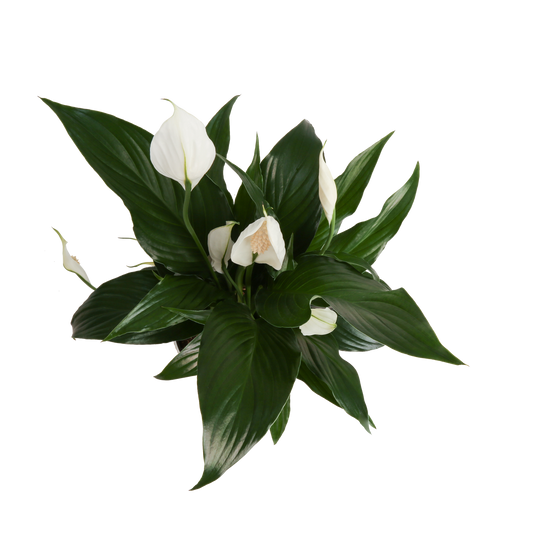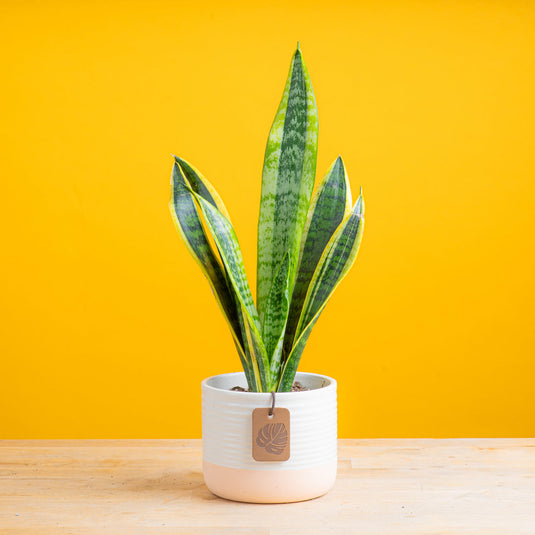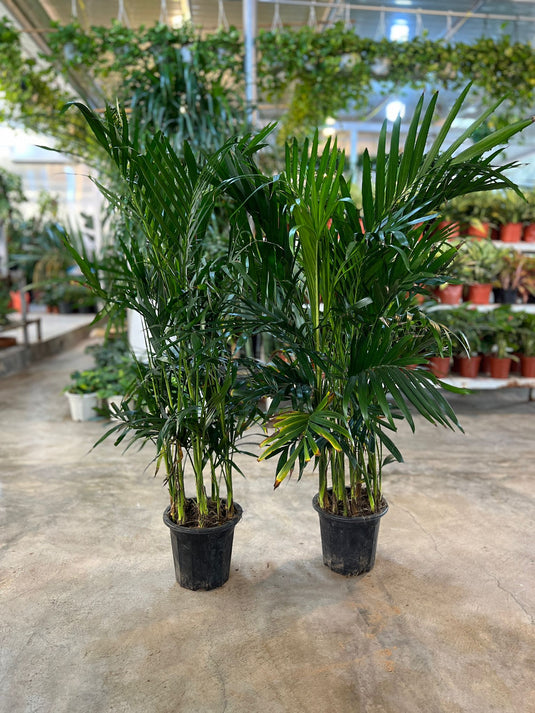Coconut Palm
- Healthy Arrival Guarantee
- Free Plant Care Consultation
- Safe & Secure Payment

We will send you a notification as soon as this product is available again.
-
Estimated delivery: Dec 07 - Dec 11
-
Free return within 7 days of purchase.
Plant Description
The Coconut Palm (Cocos nucifera) is a tropical tree renowned for its versatility, providing not only coconuts but also an array of products like copra and coconut oil. The global coconut market is anticipated to reach approximately $15 billion by 2030.
The 5 Best Benefits of Growing Coconut Palm
1. Nutritional Value
Coconuts are rich in nutrients, providing essential vitamins and minerals, particularly potassium and magnesium. Studies have shown that coconut water is an excellent source of hydration, often compared to sports drinks (Meyer et al., 2020).
2. Versatile Products
The Coconut Palm yields a variety of products, including coconut oil, milk, and flour, contributing to diverse culinary uses. Research highlights that coconut oil can have beneficial effects on heart health when consumed in moderation (Kris-Etherton et al., 2021).
3. Economic Importance
Coconut farming supports millions of farmers worldwide, providing livelihoods in many tropical regions. Reports indicate that the coconut industry contributes significantly to the economies of countries like the Philippines and Indonesia (FAO, 2019).
4. Environmental Benefits
Coconut Palms play a role in carbon sequestration, helping mitigate climate change. A study noted that sustainable coconut cultivation can enhance biodiversity and soil health (Bacudio et al., 2020).
5. Aesthetic Appeal
Coconut Palms are often used in landscaping for their tropical appearance, enhancing property value and curb appeal. Research has shown that green spaces contribute positively to urban environments, improving mental health (Kaplan & Kaplan, 1989).
Disadvantages
· Coconut Palms require ample space for optimal growth, encouraging strategic planting in suitable locations.
· While generally hardy, Coconut Palms can attract pests, highlighting the importance of integrated pest management practices.
· They thrive in warm climates, prompting consideration of local environmental conditions when planting.
· Coconut production can vary seasonally, encouraging awareness of harvest cycles for sustainable management.
Frequently Asked Questions
1. Is coconut water hydrating?
Yes, coconut water is known for its excellent hydrating properties, often compared to sports drinks.
2. Does coconut oil promote heart health?
Yes, studies suggest that moderate consumption of coconut oil can benefit heart health.
3. Is coconut farming economically significant?
Yes, it supports millions of farmers and contributes significantly to the economies of many tropical countries.
4. Do Coconut Palms improve biodiversity?
Yes, sustainable coconut cultivation can enhance biodiversity and soil health.
5. Are Coconut Palms suitable for landscaping?
Yes, they are commonly used in landscaping due to their aesthetic appeal.
Final Verdict: Should I Buy Coconut Palm?
Yes, investing in a Coconut Palm is a worthwhile decision due to its nutritional benefits, versatility in product use, and positive environmental impact.
Plant Care
Watering
Water your plant once a week or when the soil starts to feel slightly dry on the surface. Keep the soil consistently moist, but be careful not to overwater, as this can cause brown spots and leaf drop. If the leaves become curly or dry, it's a sign that the plant needs water. It's best to water your plant in the early morning or late evening when the temperatures are cooler. Always check the soil before watering.
Light
Provide bright indoor light or indirect sunlight for about 6 to 8 hours a day.
Temperature
Maintain temperatures between 18°C and 24°C. Avoid exposing the plant to drafts, as these can cause undesirable temperature fluctuations. Mist the plant occasionally, about twice a week, to help maintain optimal humidity levels.
Fertilizer
Apply liquid fertiliser every 15 days when the plant is actively growing. For best results, use Folikraft ready-to-use Indoor Plant Food.





















